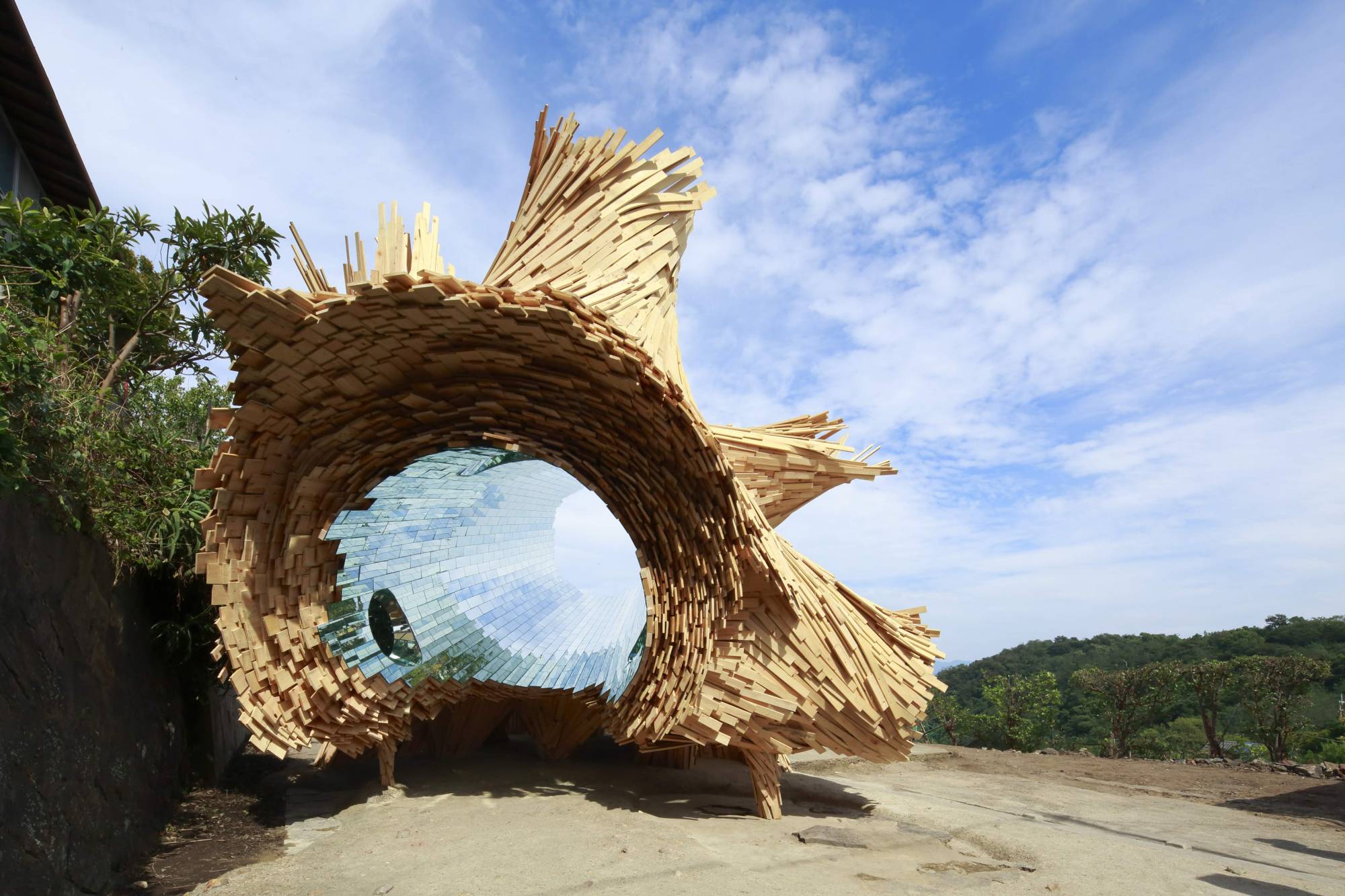In a time of interlinked global emergencies, from climate change and the pandemic to wars and resource insecurity, the arts play an important role in providing spaces for people to reflect on these crises and envision alternative futures.
However, do large-scale in-person art events still have a place in our modern reality, considering that the question of sustainable living is at the forefront of public discourse and many modes of artistic expression and communication have gone online during the pandemic?
This question is central to two contemporary art triennials taking place in Japan this year. One is Echigo-Tsumari Art Field (ETAT), which runs from April 29 to Nov. 13 and is spread across six areas in southern Niigata Prefecture. The other is the Setouchi Triennale, whose spring edition will wrap on May 18, after which its summer and fall editions will take place Aug. 5 to Sept. 4 and Sept. 29 to Nov. 6, respectively. Artworks will be displayed throughout 12 islands in the Seto Inland Sea in southeast Japan.
















With your current subscription plan you can comment on stories. However, before writing your first comment, please create a display name in the Profile section of your subscriber account page.